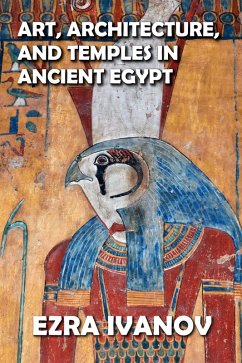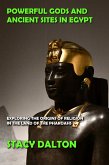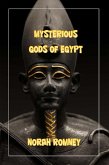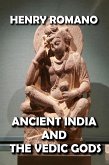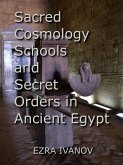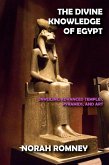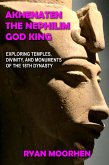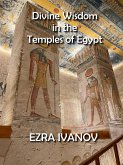Ancient Egyptian art and architecture are fascinating, beautiful, and complex. I've always been fascinated by the pyramids of Egypt and how they were built. They are incredible feats of engineeringbut also religious centers where worshipers would go to pray and make offerings to their gods. In addition to temples, there were also tombs for royalty (known as mastabas) and commoners (known as shaft tombs), which were all made with an eye toward eternal life.
Ancient Egyptian gods and goddesses were important in Egyptian culture. They were often represented in art or architecture and played an integral role in daily life. Though the god Osiris was known to be king of the dead, he did not hold the same power as other gods such as Ra or Hathor (a cow-headed goddess). The priesthoods of these deities generally ruled over specific cities or professions; for example, priests at a temple dedicated to Amun would preside over all matters related to agriculture.
Such temples were built throughout Egypt's history; one example is Deir el-Bahari (meaning "monastery of the northern valley"), which served as both a royal mortuary temple and monastery for Nefertari during her lifetime. Many structures built during this period reflect traditional architectural practices: thick columns made from stone support large roof beams made from wood; outer walls are covered with painted plaster decorated with scenes depicting daily lifefor example, artists working on wall paintings inside temples such as this one often described themselves taking part in those very activities!
You may have heard that pyramids were built as tombs for pharaohs, but there's more to it. The pharaohs were buried in the Valley of the Kings, part of the Great Pyramids complex. The pyramids are made up of stone blocks of limestone, built with ramps rather than cranes or scaffolding so that workers could move them into place. In terms of shape, they're somewhere between a cube and a cone; this helps keep them stable during construction and makes them look good from afar!
Temples were the most important buildings in ancient Egypt. They were places of worship and learning, government, and justice. The temple was the most important place for any Egyptian because it was where people could connect with their gods and get guidance on how to lead a good life.
Ancient Egyptian gods and goddesses were important in Egyptian culture. They were often represented in art or architecture and played an integral role in daily life. Though the god Osiris was known to be king of the dead, he did not hold the same power as other gods such as Ra or Hathor (a cow-headed goddess). The priesthoods of these deities generally ruled over specific cities or professions; for example, priests at a temple dedicated to Amun would preside over all matters related to agriculture.
Such temples were built throughout Egypt's history; one example is Deir el-Bahari (meaning "monastery of the northern valley"), which served as both a royal mortuary temple and monastery for Nefertari during her lifetime. Many structures built during this period reflect traditional architectural practices: thick columns made from stone support large roof beams made from wood; outer walls are covered with painted plaster decorated with scenes depicting daily lifefor example, artists working on wall paintings inside temples such as this one often described themselves taking part in those very activities!
You may have heard that pyramids were built as tombs for pharaohs, but there's more to it. The pharaohs were buried in the Valley of the Kings, part of the Great Pyramids complex. The pyramids are made up of stone blocks of limestone, built with ramps rather than cranes or scaffolding so that workers could move them into place. In terms of shape, they're somewhere between a cube and a cone; this helps keep them stable during construction and makes them look good from afar!
Temples were the most important buildings in ancient Egypt. They were places of worship and learning, government, and justice. The temple was the most important place for any Egyptian because it was where people could connect with their gods and get guidance on how to lead a good life.
Dieser Download kann aus rechtlichen Gründen nur mit Rechnungsadresse in A, B, CY, CZ, D, DK, EW, E, FIN, F, GR, H, IRL, I, LT, L, LR, M, NL, PL, P, R, S, SLO, SK ausgeliefert werden.

